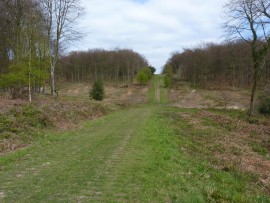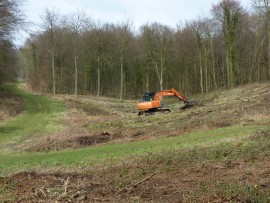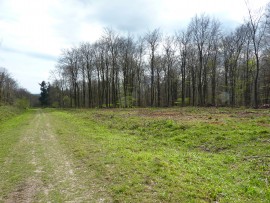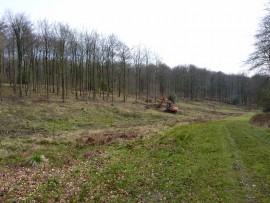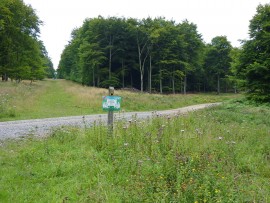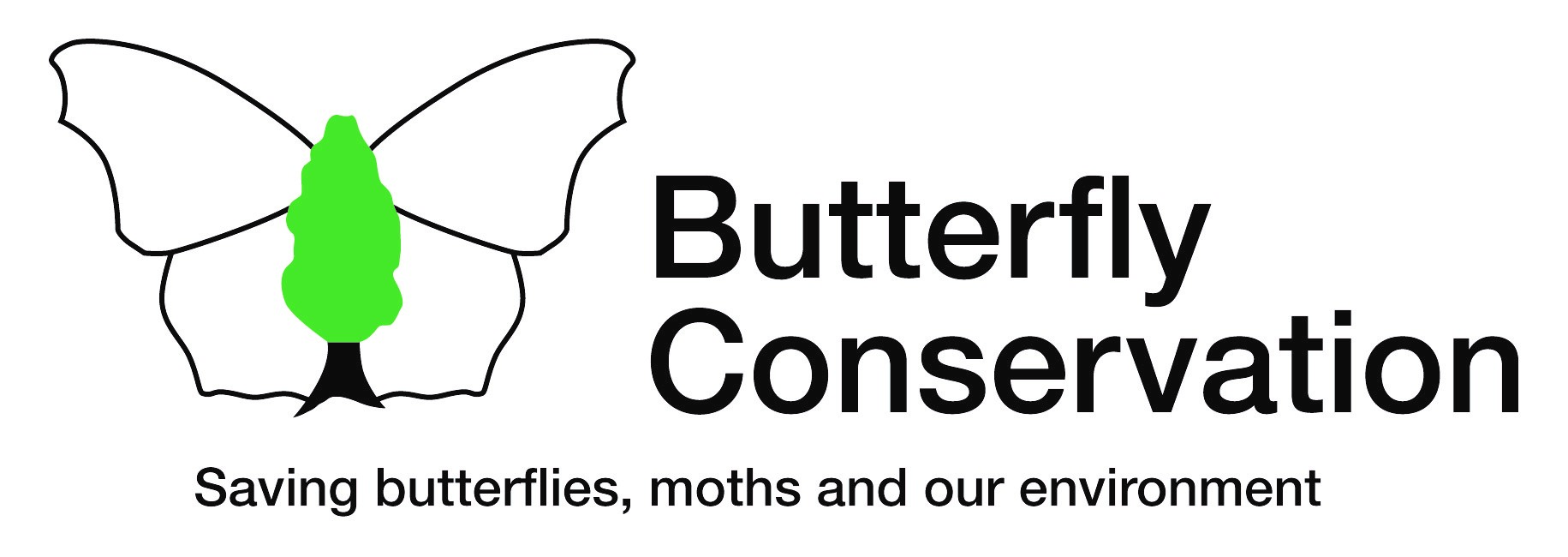Charlton Forest: Major Boost for Threatened Pearl-bordered Fritillary Butterfly
Friday 20 January 2017
A ground-breaking project to save a butterfly from extinction in West Sussex has been awarded more than £20,000, Butterfly Conservation (BC) can reveal.
The wildlife charity will use the money from the Veolia Environmental Trust to create new habitat for the Pearl-bordered Fritillary at the Charlton Forest near Chichester.
The butterfly, which is now restricted to just a couple of sites within the region, has been seen in very low numbers close to this site and experts fear the Pearl-bordered Fritillary will disappear unless urgent action is taken to increase the local population.
The grant, alongside additional support from the Forestry Commission, will be used to open up shaded areas of woodland to create the sunny clearings required by the butterfly to breed successfully.
Other rare species like the Duke of Burgundy butterfly and Plumed Prominent moth are also set to benefit from the work.
BC's Project Officer, Neil Hulme, said: "The Pearl-bordered Fritillary has suffered a severe decline in the South East and to lose this species from the Sussex countryside is unthinkable, so I'm delighted that Veolia has stepped in to help in this way.
"The site at Charlton Forest forms part of a larger area within which other conservation groups, such as the Murray Downland Trust and Graffham Down Trust, are already improving wildlife habitats for many other species.
"The project has also received support from the Goodwood Estate, Chichester District Council and South Downs National Park Authority and by working together I am confident we can turn this situation around and save this beautiful butterfly for future generations to enjoy."
The Pearl-bordered Fritillary was once known as the 'Woodman's Friend' due to its habit of following the sequence of clearings made by coppice workers and foresters and was common and widespread until the middle of the last century.
A report produced by BC and the Centre for Ecology & Hydrology, The State of the UK's Butterflies 2015, recorded a 95% drop in the butterfly's national range between 1976 and 2014. It's thought this decline is most likely down to changes in the climate and in the way we manage our woodlands.
Forestry Commission Ecologist, Jay Doyle, said: "The Forestry Commission is very happy to be part of this project to improve the forest surroundings for the threatened Pearl-bordered Fritillary. I'm very hopeful that we'll be able to reverse the decline facing so many butterflies by working with Butterfly Conservation to enhance and create essential breeding habitat."
Neil Hulme
Project Update
Saturday 02 September 2017
The extensive habitat improvement work carried out last winter exceeded expectations and has created an extensive network of open space within Charlton Forest. Within these sunny open spaces new vegetation will flourish, creating future habitat that we hope will be colonised by Pearl-bordered Fritillary, Duke of Burgundy, Grizzled Skipper, Drab Looper moth and many other species.
Around 5km of ride edge has been mulched, creating wide sunny rides. The arising have been raked and cleared, leaving bare, open ground in which violets are already beginning flourish. These new, sunny corridors will provide the dispersal routes for many butterflies and other invertebrates.
Huge box junctions have been created where woodland rides intersect. As the vegetation develops, these will provide a mix of habitat structures, all with different aspects and with shade at different points. These will be the busy hubs from which the butterflies, moths and other species will cross and disperse.
Connecting rides have been sensitively widened with scalloping cuts that produce wide sunny bays. The trees and branches have been raked back in these areas. The back of these scallops, set-back from the ride edge, will scrub up to provide a soft edge to the woodland, whilst the front banks will be rich in low woodland flora.
Stumps have been ground down so that these new areas can be maintained easily and effectively with a forestry mower, ensuring a long continuity of economically and ecologically sustainable management for many years to come.
Next steps
Bramble and bracken will be selectively targeted for control to ensure the woodland ground flora has chance to establish without being shaded out. We’re working with the Forestry Commission team to deliver this follow-up work.
Conservation volunteer work parties will add the finishing touches to some of the areas of greatest potential for early colonisation by butterflies. We’ll be working with the South Downs National Park team to deliver these work parties during winter 17/18.
In summer 2018 we’ll initiate the formal survey and monitoring programme that will measure the changes for years to come.
Thanks
We wish to thank Veolia Environmental Trust for supporting this project. Thanks also to the Forestry Commission and the Goodwood Estate for enabling this project.
Steve Wheatley,
Senior Regional Officer - South East England



-1901369146.jpg)
-902458694.jpg)
